10 Indian Spices That Will Spice Up Your Life (and Kitchen)
If you’ve ever tasted a well-made curry and thought, “What magic is this?”, the answer lies not in sorcery but in spice. Indian cuisine is a vibrant tapestry of flavors, aromas, and textures, all brought together by one of its most iconic elements: spices. In this post, we’ll walk you through 10 essential spices used in Indian cooking, complete with tips on how to use them like a pro.
Why Spices Matter in Indian Cooking
Spices are more than just flavor boosters—they're history, culture, medicine, and even identity in powdered form. In India, they’re not just ingredients; they’re family traditions. Each region has its own signature blends, and each household tweaks them just so. Let’s break down the top 10 spices that bring Indian food to life.
1. Turmeric – The Golden Healer
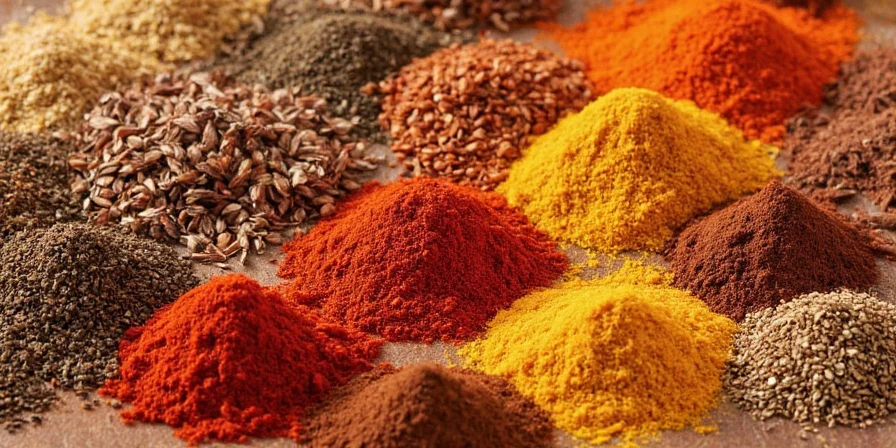
Turmeric isn’t just for curries—it’s also known for its anti-inflammatory properties. A little goes a long way, and it stains everything yellow, including your fingers and cutting boards. Pro tip: Roast turmeric slightly before grinding to enhance its earthy aroma.
- Best for: Curries, rice dishes, marinades
- Substitute: Saffron or annatto (for color only)
2. Cumin – The Deep & Earthy Base
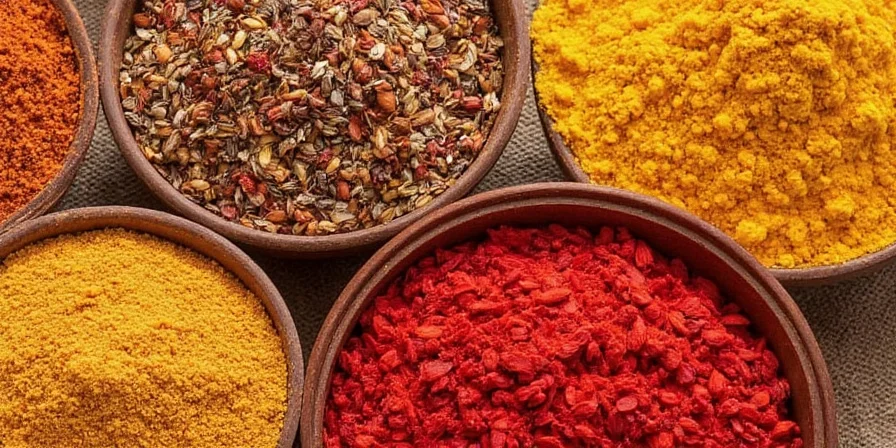
Cumin is the backbone of many Indian spice mixes. Whole seeds are often tempered in hot oil at the start of cooking to release their nutty fragrance. Ground cumin gives depth without overpowering other flavors.
- Best for: Dal, samosas, chili masala
- Pro Tip: Dry roast whole cumin seeds for more intensity
3. Coriander – The Citrus-Kissed Wonder
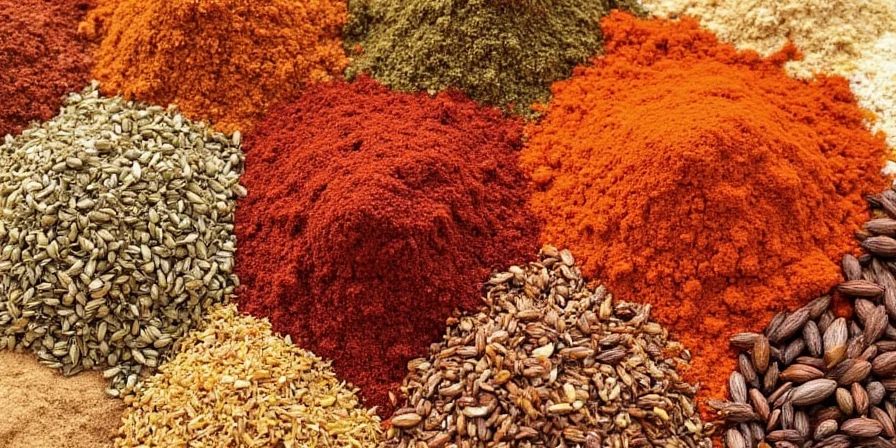
Derived from dried cilantro seeds, coriander brings a citrusy, slightly sweet note to dishes. It balances heavier spices and adds lightness to complex masalas. Both seeds and powder are widely used.
- Best for: Garam masala, meat rubs, soups
- Fun Fact: Some people taste soap in fresh coriander due to genetics!
4. Cardamom – The Queen of Spices
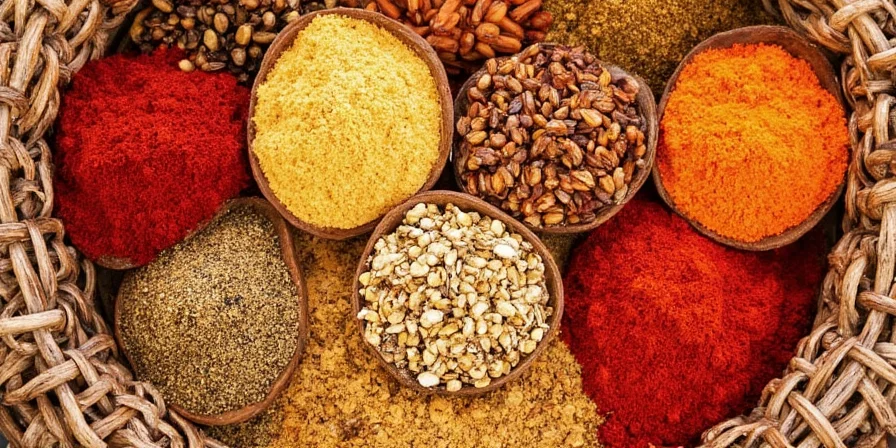
With its floral, minty flavor, cardamom is the royalty of the spice world. Used in both savory dishes and desserts, it’s especially beloved in chai and sweets like gulab jamun.
- Best for: Biryani, kheer, chai tea
- Pro Tip: Buy whole pods and grind as needed for maximum freshness
5. Mustard Seeds – The Popping Powerhouse
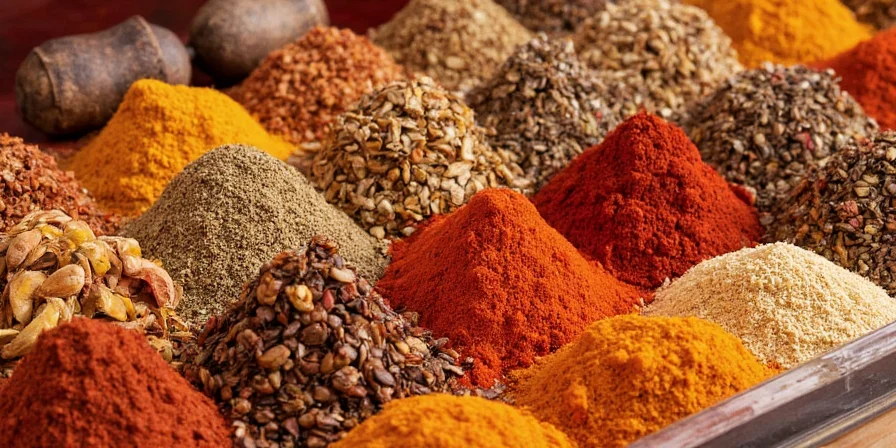
When heated in oil, mustard seeds pop and sizzle, releasing a sharp, nutty aroma. Commonly used in South Indian cooking, especially in pickles and tempering (tadka).
- Best for: Dals, chutneys, pickles
- Caution: Keep the lid handy—these little guys love to jump out of the pan!
6. Cloves – The Punchy Perk
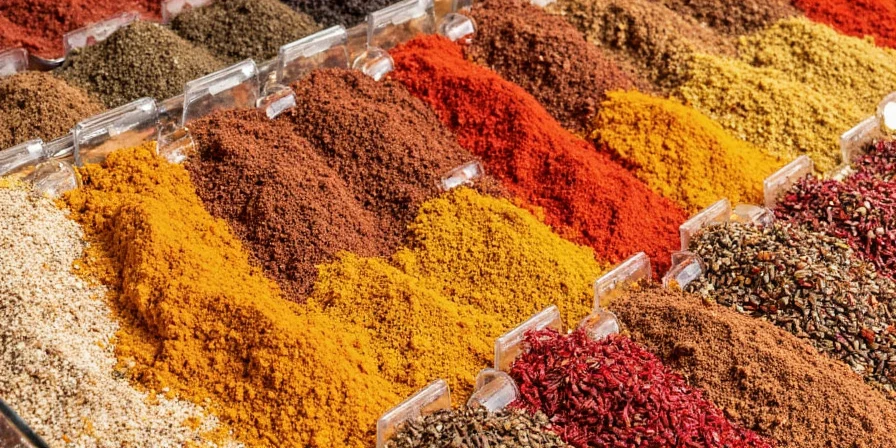
These tiny nail-shaped spices pack a punch. They add warmth and depth, especially in slow-cooked dishes like biryani and mutton curries. Don’t overdo it—you can easily overpower a dish with cloves.
- Best for: Biryani, garam masala, mulled drinks
- Secret Use: Stick a few in an onion for extra flavor while cooking
7. Cinnamon / Cassia – Sweet Meets Savory
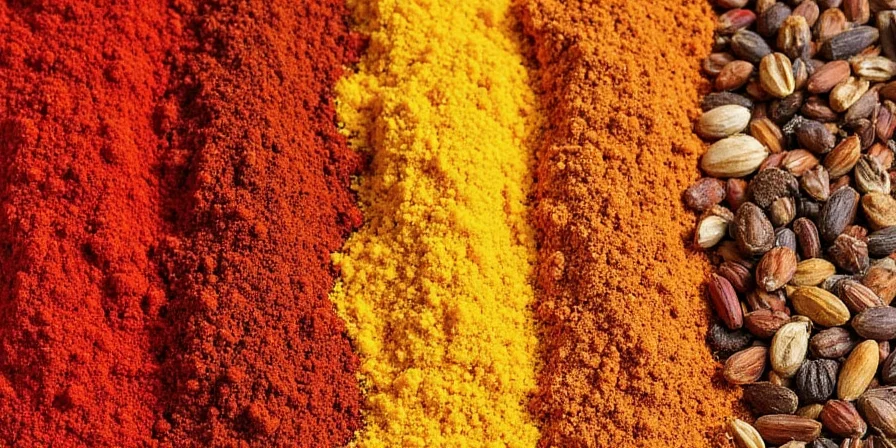
In Indian kitchens, cinnamon (often confused with cassia) plays well with others. It adds warmth and sweetness to stews, curries, and desserts alike.
- Best for: Biryani, kebabs, spiced teas
- Pro Tip: Use sticks in long-cooked dishes; powder for quick recipes
8. Fenugreek – The Maple Syrup Mimic
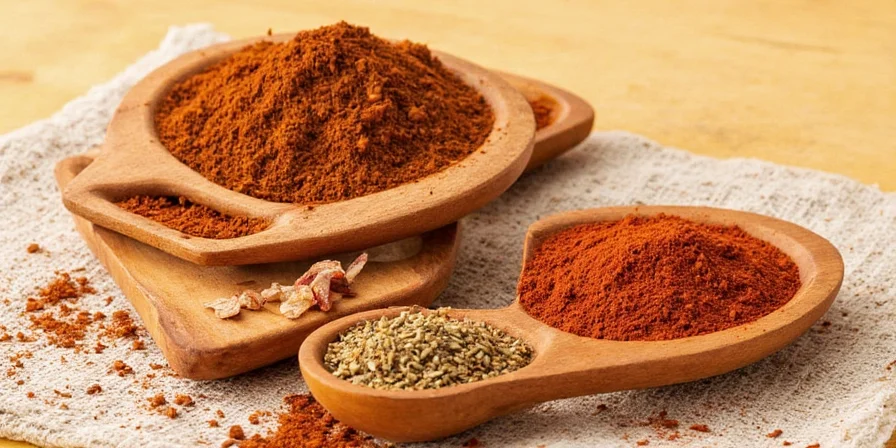
Fenugreek has a unique bitter-sweet flavor and is commonly used in curry powders and pickles. When roasted, it smells faintly like maple syrup. Also known for its health benefits.
- Best for: Pickles, dals, methi paratha
- Note: Soak seeds overnight if using in liquid-heavy dishes
9. Red Chili Powder – The Firestarter
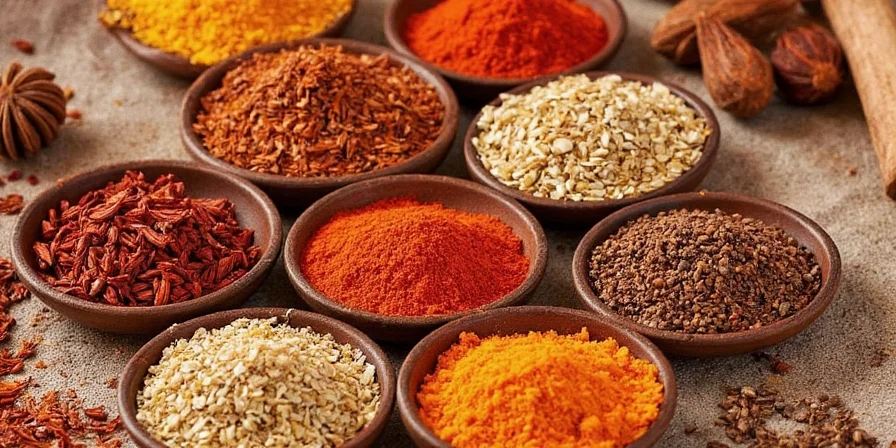
There's no one-size-fits-all when it comes to chili in India. From Kashmiri (mild and red) to Byadgi (deep red and medium heat), choosing the right chili powder makes all the difference.
- Best for: Any spicy dish, from vindaloo to tandoori
- Warning: Handle with care—avoid touching eyes after handling
10. Asafoetida (Hing) – The Umami Bomb

Known as hing in Hindi, this pungent spice smells strong on its own but transforms into a rich umami enhancer when cooked. Just a pinch can elevate lentils, pickles, and vegetable dishes.
- Best for: Dals, vadas, fasting dishes
- Pro Tip: Store in an airtight container away from sunlight
How to Store Spices Like a Pro
Good spices go bad if stored improperly. Here’s a quick guide to keeping your pantry fresh:
| Spice Type | Storage Method | Shelf Life |
|---|---|---|
| Whole Spices (e.g., cumin seeds) | Airtight container in cool, dark place | 3–4 years |
| Ground Spices (e.g., turmeric powder) | Same as above, but use within 1 year | 1–2 years |
| Blends (e.g., garam masala) | Make in small batches for best flavor | 3–6 months |
Common Spice Blends in Indian Cuisine
Mixing spices is where the real magic happens. Here are some classic combinations you should know:
- Garam Masala: Warming blend of cardamom, cinnamon, cloves, cumin, coriander
- Panch Phoron: Bengali five-spice mix with equal parts nigella, cumin, fennel, fenugreek, mustard seeds
- Chaat Masala: Tangy, salty blend perfect for sprinkling on street food
- Kashmiri Garam Masala: Lighter, floral version featuring bay leaf and star anise
Quick Tips for Using Spices
- Toast whole spices before grinding for deeper flavor.
- Use different ratios depending on the protein (meat vs. veggies vs. legumes).
- Add ground spices later in the cooking process to avoid bitterness.
- Balance heat with acid (like tomatoes or lime juice).
- Don’t be afraid to experiment—your kitchen, your rules!
Conclusion
Spices are the soul of Indian cooking, turning simple ingredients into unforgettable meals. Whether you’re a seasoned cook or just starting out, mastering these 10 spices will open up a whole new world of flavor. So go ahead, stock up, experiment, and remember—the more you play with spices, the more delicious your life becomes.

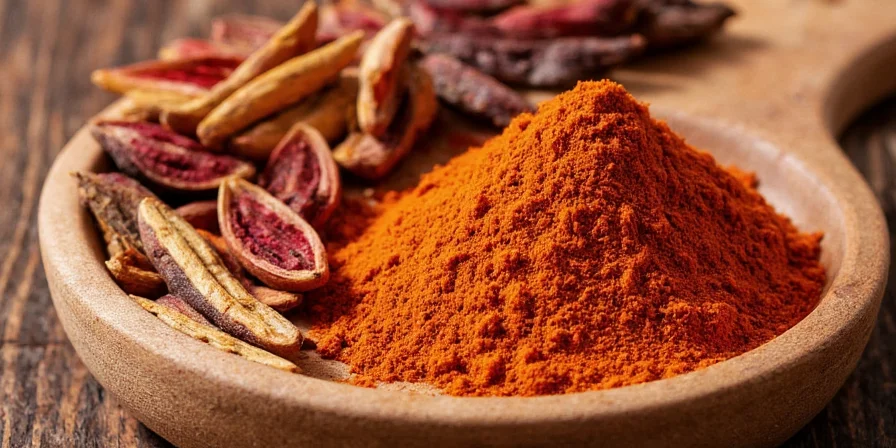









 浙公网安备
33010002000092号
浙公网安备
33010002000092号 浙B2-20120091-4
浙B2-20120091-4